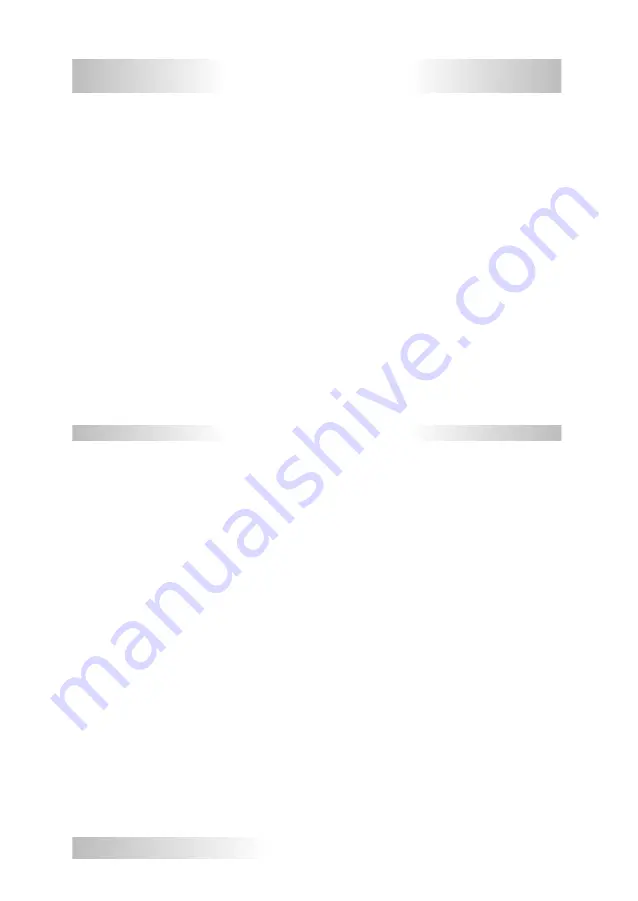
48
8.2.2. BOILER FIRING AND OPERATION IN AN "EMERGENCY BURNING"
(STEEL GRATE)
Before the firing procedure is started, open the feed door; the clean out hatch
door and the ash-box door must be completely closed. An emergency steel grate
must be installed in the furnace chamber, in brackets designated for its installation
– (the steel grate belongs to auxiliary equipment).
To prevent flue gas return to the hopper during the emergency burning of the
fuel (on the additional grate) it is recommended to fill the fuel tank, at least in part,
to prevent smoke from coming through the hopper.
Firing should be performed slowly, starting with balls of crumpled paper and
wood. When the initial fuel dose is lit, the boiler furnace chamber can be filled
with fuel through the feed door, after the ash-box door is closed. Then determine
settings of an air-dosing flap in the ash-chamber box using a control screw or a
draught regulator, to achieve required heat output and a set temperature.
When the fire in the boiler is extinguished, clean the furnace and air the boiler
ducts during firing, and restart firing.
During normal operation of the boiler in the "emergency burning" mode the
burning process requires periodic replenishment of fuel in the furnace chamber.
In the emergency mode, a single dose of fuel is sufficient for several hours of
the boiler operation, depending on the obtained boiler output.
8.3. BOILER CLEANING
For economic fuel consumption and to obtain declared boiler output and heat
effectiveness, it is necessary to maintain required cleanness of the burner furnace
space and the exchanger convection ducts.
In the furnace space particular attention should be paid to periodic cleaning of
micro-gaps in the automated furnace plate and air distribution apertures in the fur-
nace side walls. Also (side/top) ceramic panels require periodic cleaning. Scale-
free surface of the exchanger ensures correct heat transfer and maintaining of a
correct temperature in the furnace.
The convection ducts, in which air-born ash is deposited, should be regularly
cleaned, every 3–7 days, in particular, when the boiler is used in the "emergency
furnace" mode. Relevant tools delivered with the boiler should be used for this pur-
pose. Cleaning of the convection ducts is facilitated by the front clean out hatch
door and the firing/feed door. Additionally, an air chamber located in the back part
of the boiler should also be cleaned periodically, because ash falling from the au-
tomated furnace plate collects there. It is cleaned through the side clean out hatch.
When the ducts are thoroughly cleaned, the flue and the stack connecting
duct should be cleaned. After cleaning these openings must be tightly closed. At
the factory, the boiler was equipped with a set of ceramic sealant (see inspection/
clean out doors/openings). Regular inspection of the sealant condition is recom-
mended, and its replacement when any wear is discovered.






























